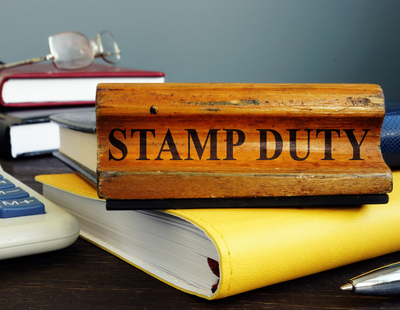Repossessions grew last year to 40,000 – about 5,000 less than had been predicted by the Council of Mortgage Lenders – but there is a ‘new wave’ of people handing back the keys to their homes.
The final figures for last year mean that one in every 290 mortgages was taken into lender possession.
The CML, which is continuing to forecast 75,000 repossessions this year, said the fact that there were 11% fewer repossessions than expected in 2008 demonstrated that lenders were trying to ensure that repossession is a last resort.
In the fourth quarter of 2008, around 10,400 properties were taken into possession by lenders, an increase from 6,900 in the same quarter of 2007, but down slightly from the third quarter of 2008, when 11,000 homes were repossessed.
However, and more worryingly, by the end of 2008 around 182,600 mortgages – or 1.57 per cent of the total – were in arrears, equivalent to 2.5% or more of the outstanding balance.
This represents one in every 64 mortgages and is both higher than the 1.08% at the end of 2007 and 1.29% at the end of the third quarter of 2008.
One in every 53 mortgages was in arrears of three months or more at the end of 2008. This total of 219,100 mortgages was well up from 127,500 at the end of 2007 and up from 166,600 at the end of the third quarter of 2008.
CML director general Michael Coogan warned of a new wave of homeowners abandoning their properties. He said: “There seems to be a sharp rise in cases where borrowers are handing back their keys or abandoning their properties.”
Repossession orders were running at a high level at the end of last year, according to separate Ministry of Justice figures.
The news brought a scathing reaction from the NAEA, whose chief executive, Peter Bolton King, said that the Government had ‘studiously’ ignored the lessons from the last recession.
He said: “The inconvenient truth for Gordon Brown is that this is yet another example of how the Government’s failure to immediately recognise the severity of the economic situation has led to a piecemeal approach which has been an unmitigated failure.”
Ian Potter, operations manager of the Association of Residential Letting Agents, said more needed to be done to protect tenants facing eviction because their landlords were facing repossession.
He called on the Government to act quickly to mitigate the stress of tenants as well as homeowners, but added: “ARLA notes with interest that many lenders repossessing a buy-to-let property are allowing tenants to continue in occupation and are taking rent in receivership. This should be encouraged as best practice wherever practical.”
At a glance:
* 5,000 fewer repossessions last year than forecast
* 40,000 repossessions in the year – 1 in 290 mortgages
* 10,400 repossessions in the fourth quarter – 1 in 1,100 mortgages
* 1 in 64 mortgages in arrears of 2.5% or more
* 1 in 53 mortgages in arrears of three months or more
* 75,000 repossessions forecast for 2009
People handing back keys to their homes
23 February 2009



















Comments
This is history repeating itself. Often the borrowers are not aware that they are still liable for a deficiency in the debt when the property is eventually sold by the bank or Building Society.
I'm at a lost as to how a buy to let landlord can get repossessed if he has a tenant paying the rent!!!!
If this is the case they couldn't have done their sums right in the first place and repossession was on the cards regardless.
Most of the repossesion problems have been created by an over valued housing market and excessive lending. We need to learn from this by tightening credit criteria. For tenants we need to increase their security of tenure.